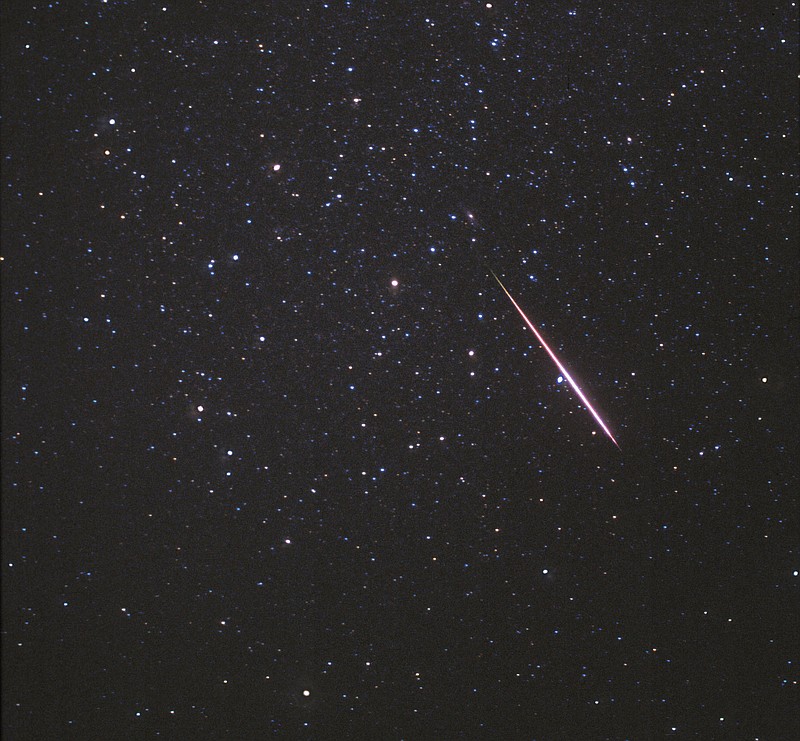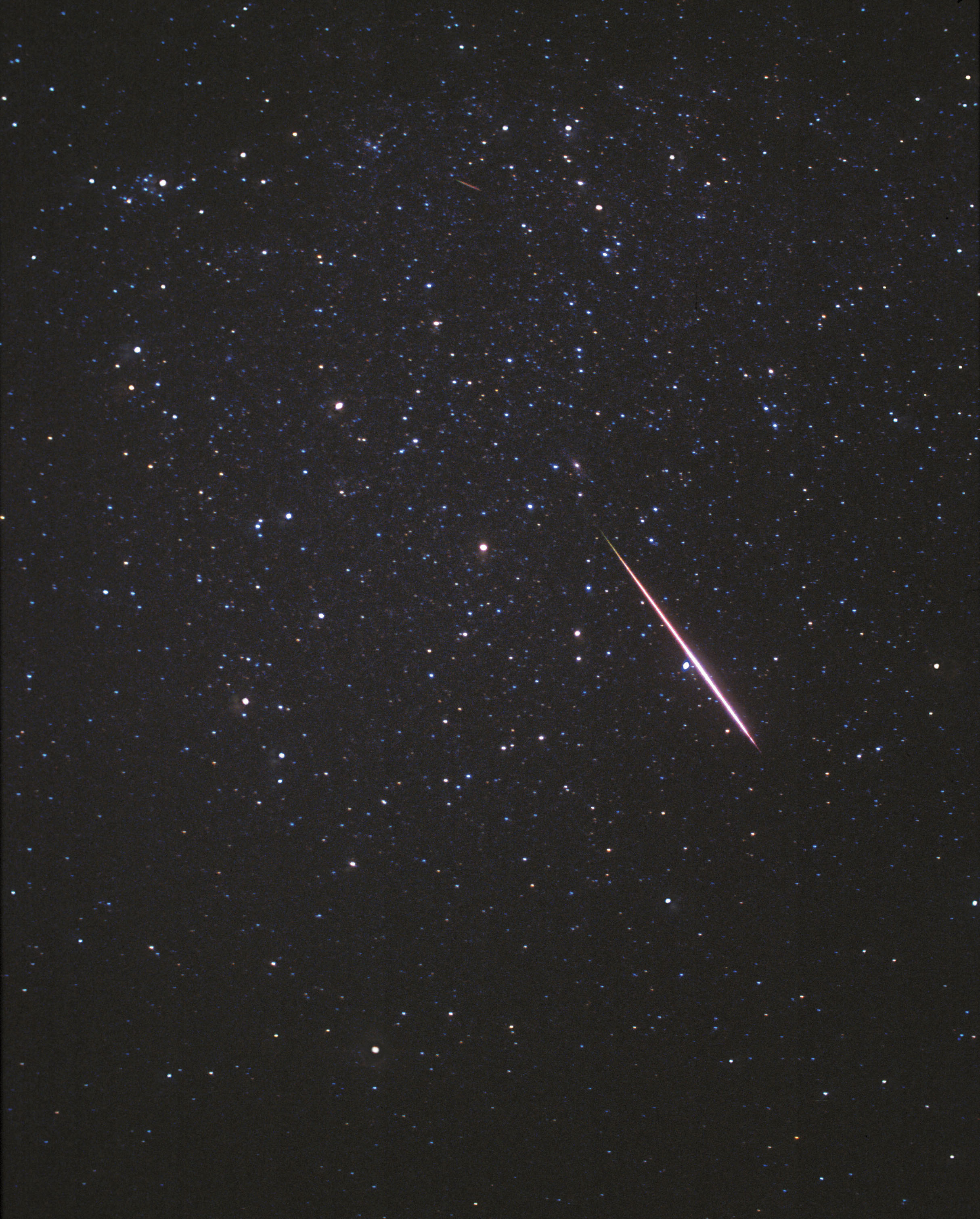STAR PARTIESTwo free star parties are planned this weekend for telescope viewing of the night sky before the Perseids meteor shower is visible.Today-Saturday: Fall Creek Falls State Park, 2009 Village Camp Road, Pikeville, Tenn. Meet at state park's inn at 6:30 p.m. to catch shuttle to observation field. Basic astronomy program at 7 p.m. followed by telescope viewing, sponsored by the Cumberland Astronomical Society. Free. www. cumberlandastronomical society.org.Saturday: Cloudland Canyon State Park, 122 Cloudland Canyon Park Road, Rising Fawn, Ga., 8-11 p.m. Friends of Cloudland Canyon State Park and Barnard Astronomical Society sponsor a video at 8 p.m. followed by viewing of the night sky. Telescopes provided. Admission is free, but parking is $5. 706-398-2729.VIEWING TIPSPerseids meteor showers: Late-night tonight to predawn hours Tuesday. Best mornings to watch: Sunday, Monday and Tuesday.Viewing times: Shooting stars may appear as early as 10:30 p.m. on Sunday, Monday and Tuesday, but suggested hours are midnight to predawn each day. The Perseids tend to strengthen in number as the night progresses, producing the most meteors in the wee hours of the morning, according to EarthSky.org, a science/astronomy website.What you'll need: A blanket or reclining chair, to support you as you gaze upward.There's an app for that: Meteor Counter, free; Meteor Shower Guide, 99 cents; both on iTunes. Use Meteor Counter as you watch a meteor shower, tapping the "piano key interface" to record data such as meteor time, magnitude, latitude and longitude. The data will automatically upload later to NASA researchers for analysis. Meteor Shower Guide keeps users updated on when the next meteor shower is expected, peak viewing days and times, and even how the moonlight will affect viewing.Sources: Jack Pitkin, EarthSky, iTunes
Heads up! Four nights of nature's fireworks start late tonight and run through early morning Tuesday.
As the Earth passes through the meteor stream left by comet Swift-Tuttle, the Perseids meteor shower appears, one of the year's brightest and most prolific displays of meteors entering Earth's atmosphere - more commonly referred to as shooting stars.
Named because the meteors radiate out of the constellation Perseus, the shower reliably escalates its number of meteors between midnight and the pre-dawn hours. NASA's website predicts a peak meteor count this weekend of up to 60 per hour.
Since the Perseids are an annual August phenomenon, why all the buzz this year?
Jack Pitkin, operations manager of Jones Observatory and professor at the University of Tennessee at Chattanooga, suggests it may be this weekend's optimal viewing conditions.
"We're going to be under a waxing crescent moon (expected to set before midnight on Sunday and Monday). There won't be as much moonlight, so even he faintest meteors won't be drowned out. Peak viewing is 2 a.m Monday morning, between the 11th and 12th," he advises.
"For me, this is one of the best meteor showers," says Bobby Campbell, a member of the Barnard Astronomical Society in Chattanooga. "It has the brightest meteors with long tails, and they are slow. They are large bits of fluff that do not reach the ground."
Campbell believes peak viewing will be Monday and Tuesday between the hours of 10:30 p.m. and 4:30 a.m. So, should a stray rain shower cancel one night's show, it won't put a damper on the entire weekend for stargazers.
Esther Archer, a Help Desk administrator at Silverdale Baptist Academy, has recently taken up astronomy as a hobby and says she'll stay up to watch her first meteor shower this weekend.
Archer describes her growing interest in astronomy as an inexpensive hobby, "but one that allows you to see the joy and awe of the universe - how our galaxy was formed and how that comes into play in the entire aspect of the universe."
While a telescope can be handy to zoom in on specific stars in the night sky, Pitkin reassures stargazers that it's not a necessity for the Perseids. They are easily seen with the naked eye all across the night sky, he says.
"Basically, you want to get out of the city, away to the darkest area you can find, just kick back in a chair and watch the show," says Pitkin.
Contact staff writer Susan Pierce at spierce@timesfreepress.com or 423-757-6284.

